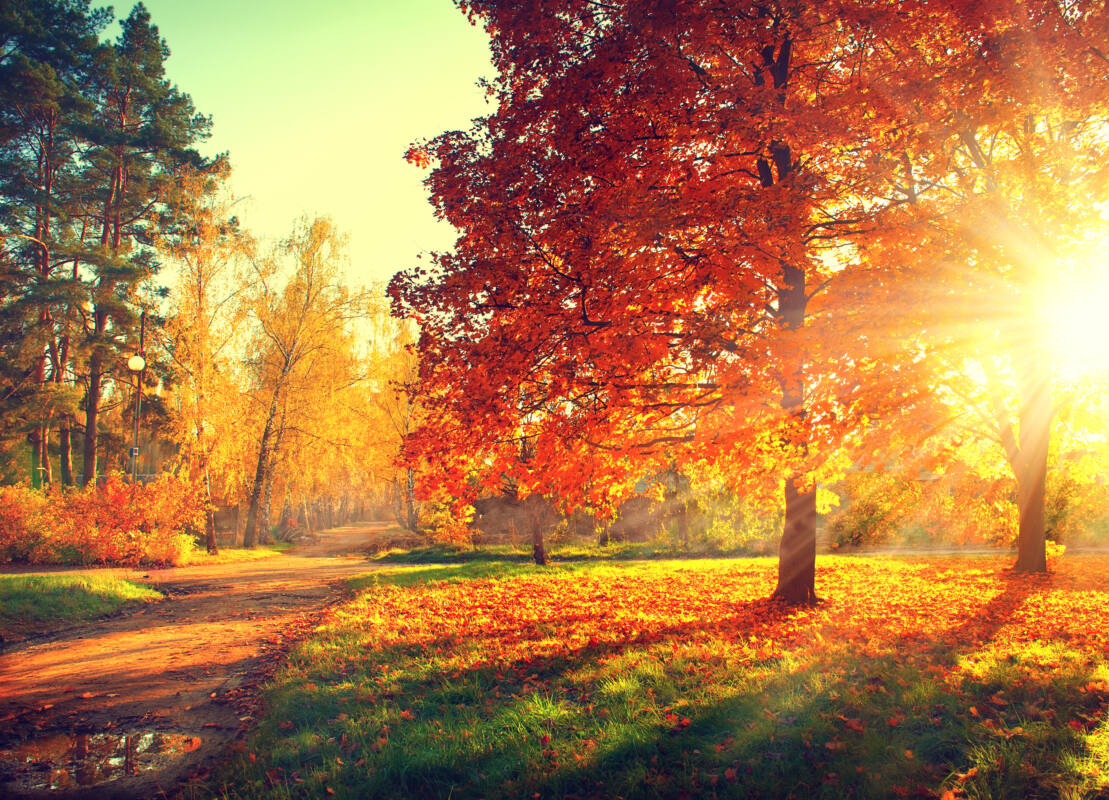Each fall season when the days grow shorter and temperatures get cooler, the leaves begin to change their color. Summer’s shades of green change to warm reds, yellows and oranges before falling off the trees entirely.
But what causes this transition? Why do the leaves change color?
During the summer months, tree leaves are green because of the chlorophyll they produce to absorb energy from sunlight during photosynthesis. This is how trees convert energy into food, according to NOAA. During the fall season, the days get shorter, and there’s less sunlight to create food for the tree.
As a result, the tree begins to produce less and less chlorophyll, and the green color fades.
MORE: Fall foliage map shows when leaves will be at their peak

What Determines the Brightness and Length of Fall Colors?
A number of circumstances influence how the leaves will look each fall. The U.S. Forest Service lists the length of night, leaf pigments and weather as the three biggest contributors to the fall colors.
The days get shorter and the nights become longer during the fall months, and it’s what initially causes trees to slow down chlorophyll production and lose their green color. Leaf pigmentation naturally occurs and begins to show through with less and less chlorophyll. Different tree species have different pigmentation, which is why we get such a varied display of color each year.
Weather is the one factor that changes from year to year, and it plays a big role in the timing of the color change and just how bright the colors will be. Warm, sunny days and cool — but above-freezing — nights will bring out especially bright colors.
Soil moisture also plays a part. Notably dry conditions can delay fall colors and cause them to be more muted, but the right amount of rain throughout the year can lead to more vibrant colors in the fall. A wet spring and good summer weather followed by fall weather filled with sunny days and cool nights will deliver the most spectacular displays of fall color.
The annual changing colors typically start in northern climates and higher elevations in late September and the colors travel south through November.
Jason Meyers is a Meteorologist and nature enthusiast who once made a number of entertaining and educational YouTube videos.
SIGN UP for the Simplemost weekly newsletter
Any products or services mentioned above were selected independent of sales and advertising. However, Simplemost may receive a small commission from the purchase of any products or services through an affiliate link to the retailer's website.
This story originally appeared on Simplemost. Check out Simplemost for additional stories.


